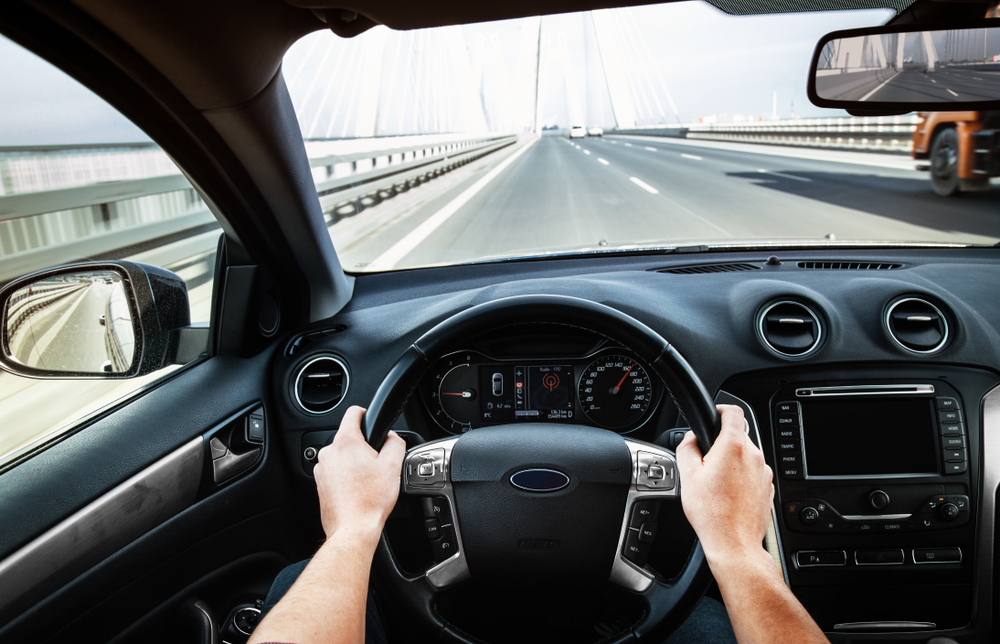When it comes to car performance, handling is a vital component that frequently comes before horsepower and top speed. A thrilling driving experience or a nerve-racking ride can be greatly influenced by how a car handles turns and corners. This article will examine the significance of handling and the elements that go into making an automobile capable of maneuvering through curves with grace.
The Fundamentals of Handling
The ability of a car to maneuver under different driving conditions and keep stability and control is referred to as handling, especially when cornering. It includes a variety of qualities like grip, predictability, balance, and responsiveness. A car that handles well gives the driver confidence by enabling accurate inputs and seamless transitions between turns.
The distribution of weight across the vehicle’s chassis is one of the most important handling factors. Vehicles with a low center of gravity and a balanced weight distribution typically have better-handling qualities because they are less likely to roll over or understeer. Furthermore, the suspension system is essential to handling because it controls the vehicle’s reaction to variations in road conditions and cornering forces.

The Role of Suspension
As the link between the vehicle and the road, the suspension system smoothes out imperfections and bumps while preserving tire contact for maximum traction. A car’s handling ability can be greatly improved with a well-tuned suspension system, enabling it to turn corners with agility and precision.
Different suspension configurations result in different handling qualities. Sports cars, for example, frequently have firm suspension systems with little body roll, giving them a direct and responsive feel when cornering. Luxury sedans, on the other hand, put comfort before pure performance, choosing softer suspensions that easily absorb jolts and undulations while maintaining stability during turns.
Cutting-edge suspension technologies that dynamically modify damping rates and stiffness depending on driving conditions, like adaptive damping and active roll stabilization, further improve handling capabilities. These systems offer the ideal compromise between performance and refinement by improving cornering stability and ride comfort.
Tires: The Basis for Grip
With tires serving as the only point of contact between the vehicle and the road, no discussion of handling would be complete without mentioning them. Because different tire compounds, tread patterns, and sizes offer differing levels of grip and performance, tire selection can have a significant impact on a vehicle’s handling characteristics.
Performance summer tires are perfect for spirited driving and aggressive cornering because they are made to give the maximum amount of grip in dry conditions. All-season tires, on the other hand, provide sufficient traction in a variety of weather situations by striking a balance between grip and adaptability. Track-focused tires with aggressive tread patterns and sticky rubber compounds provide unmatched grip on smooth surfaces for enthusiasts looking for the best possible performance.
Tire pressure is just as important as tire selection when it comes to maximizing handling performance. In order to provide predictable handling characteristics in turns and corners, properly inflated tires guarantee uniform contact patches and consistent grip levels.
The Importance of Balance
A careful balance between a number of variables, such as tire choice, suspension tuning, and weight distribution, is needed to achieve the best handling. A balanced vehicle handles neutrally, with little tendency toward understeer (front-end push) or oversteer (rear-end slide) when cornering.
To maintain stability and control in difficult driving conditions, modern automotive engineering uses cutting-edge technologies like torque vectoring systems and electronic stability control (ESC). While torque vectoring systems divide power between the left and right wheels to maximize cornering performance, electronic stability control (ESC) helps prevent loss of traction by selectively applying brakes to individual wheels.
Aerodynamics also contributes significantly to improved handling at higher speeds. Higher cornering speeds and better handling dynamics are made possible by the downforce produced by spoilers, diffusers, and other aerodynamic aids.
Real-World Evaluation
Although performance metrics and technical details offer useful information about how well a car handles, actual driving experiences are what really reveal a car’s true abilities on the road. Drivers can assess a car’s handling qualities firsthand by taking it for a test drive on winding mountain roads, racetracks, or autocross courses. This feedback on steering feel, chassis dynamics, and overall driving dynamics is invaluable.

Conclusion
When it comes to the enjoyment and satisfaction of driving a car, handling is the most important factor. A car that handles well not only gives the driver confidence but also makes driving more enjoyable by providing accurate, predictable, and thrilling dynamics through turns and corners. Drivers can choose a car that best meets their needs and preferences by being aware of the aspects that go into excellent handling, such as aerodynamics, weight distribution, tire selection, and suspension tuning. To put it simply, handling matters is the cornerstone of automotive performance and the basis for drivers’ passion for the open road.

